Understanding Preflop Hands in Poker
The game of poker is filled with strategies and tactics, but one aspect that stands out in importance is the understanding of preflop hands. Developing a solid grasp of this concept can significantly increase your success rate at the poker table.
What are Preflop Hands?
Preflop hands refer to the initial two cards that a player is dealt in a round of Texas Hold’em poker. This is the first stage of the game, taking place before any community cards are revealed on the “flop,” hence the term “preflop.”
The strength of these two-card combinations varies, with pairs like Aces and Kings being the strongest. However, high suited connectors like Ace-King or Queen-Jack can also offer significant potential. For a detailed overview of starting hand strength, you can refer to our poker starting hands chart.
Why Preflop Hands are Crucial in Poker
Understanding the importance of preflop hands is a cornerstone in the foundation of a successful poker strategy. The decisions made during this stage can significantly influence the outcome of the entire round.
Firstly, strong preflop hands give a player a head start in the game. They allow the player to enter the post-flop stages with a higher likelihood of ending up with a strong final hand. This is reflected in our poker hand strength chart, which ranks the best preflop hands in poker based on their potential to win.
Secondly, the preflop stage is when initial bets are made. Deciding whether to fold, call, or raise is a critical decision that should be based primarily on the strength of your preflop hand. Making the right choice can either save or earn you chips, impacting your overall game strategy.
Lastly, preflop hand selection helps to manage risk. By only playing with strong starting hands, you can minimize the risk of getting caught with a weak hand post-flop, thus reducing potential losses.
In conclusion, mastering the concept of preflop hands in poker is crucial for any poker enthusiast looking to improve their game. It provides a foundation for making wise betting decisions and managing risk effectively. For more information on specific strategies, check out our guide on poker preflop strategy.
Evaluating Preflop Hands
In the game of poker, the evaluation of preflop hands is an essential skill. The decision to fold, call, or raise before the flop is a crucial one that can significantly impact the outcome of the game.
The Factors to Consider
When evaluating the best preflop hands in poker, several factors come into play. These include the strength of the hand, your position at the table, the number of players in the game, and the playing style of your opponents.
The strength of the hand is the first and most obvious factor to consider. Generally, a high pair such as Aces, Kings, or Queens is considered a strong preflop hand. However, other combinations like suited connectors (two cards of the same suit in sequence) or high-suited cards can also be strong preflop hands given the right circumstances.
For a detailed guide on hand strength, you can refer to our poker starting hands chart and poker hand strength chart.
| Hand | Strength |
|---|---|
| Aces, Kings, Queens | Very Strong |
| Suited Connectors | Strong |
| High-suited cards | Moderate |
The number of players in the game is another important consideration. In a full-ring game (9-10 players), you need to be more selective about the hands you play preflop. Conversely, in a short-handed game (6 players or less), a wider range of hands can be played.
Lastly, the playing style of your opponents can also influence your preflop hand selection. Against aggressive players, you might want to tighten up your hand selection, while you can afford to play a wider range of hands against more passive players.
The Importance of Position in Preflop Play
The position is one of the most critical factors in poker, particularly in preflop play. Being in a late position (closer to the dealer) gives you the advantage of having more information about your opponents’ actions before you have to act. This allows you to make more informed decisions about whether to fold, call, or raise.
For instance, if you are in a late position and everyone before you has folded, you can afford to play a wider range of hands. Conversely, if you are in an early position and several players have called or raised, you need to be more selective about the hands you play.
For a deeper understanding of how position impacts preflop play, you can refer to our article on poker preflop strategy.
Remember, mastering the art of evaluating preflop hands is a skill that comes with practice. As you gain more experience, you’ll be able to quickly assess the strength of your hand, consider the various factors at play, and make the right move.
Best Preflop Hands in Poker
When playing poker, the initial cards a player receives are commonly referred to as ‘preflop hands.’ Understanding these hands and their potential impact on the game is crucial to developing a strong poker strategy. This section will explore the best preflop hands in poker, categorized into premium hands, strong hands, and playable hands.
Premium Hands
Premium hands are the crème de la crème of poker hands. They offer the highest potential for winning and should always be played aggressively. These hands include:
Pairs of Aces:
 A♠️ |    A♦️ |    4♣️ |   5♠️ | 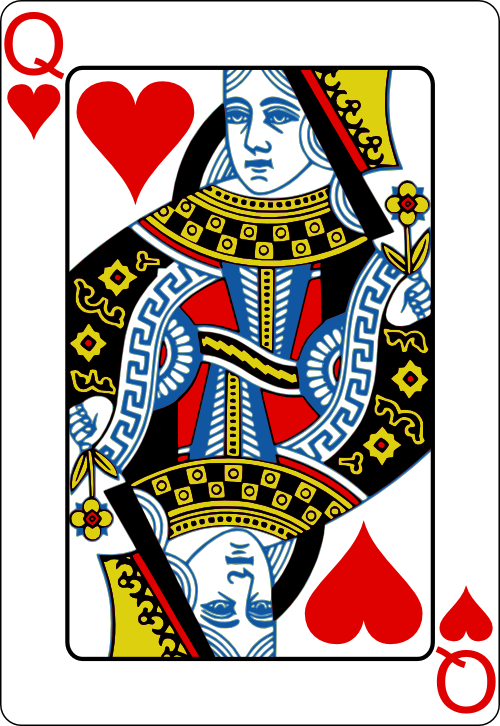     Q♥️ |
Pair of Kings:
   K♠️ | 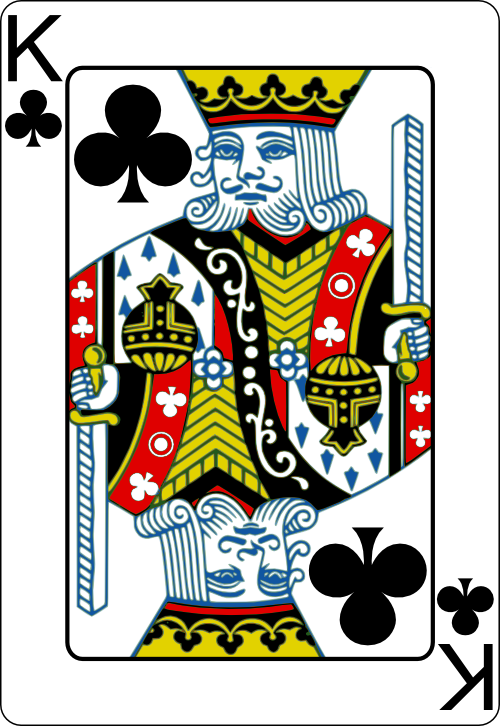  K♣️ | 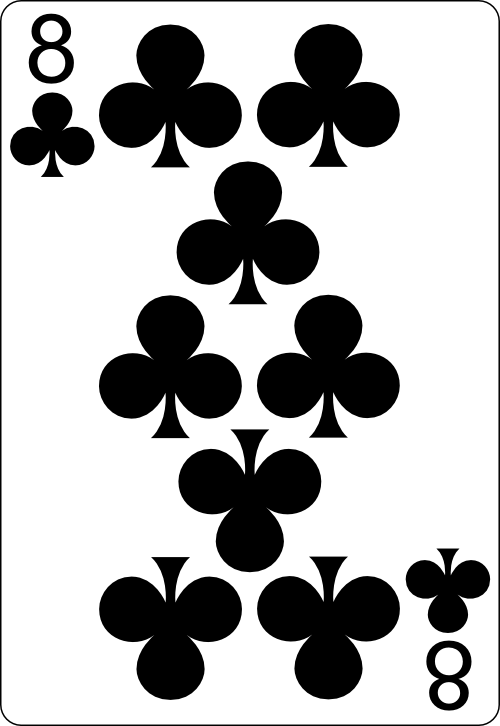  8♣️ |      4♠️ | 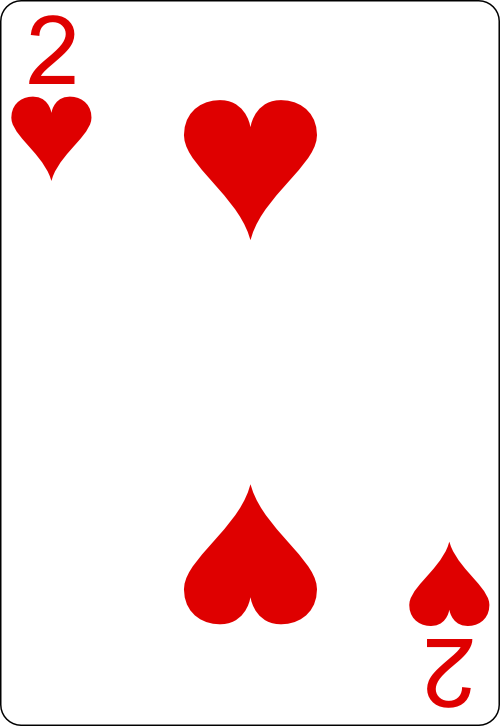       2♥️ |
Pair of Queens”
     Q♥️ | 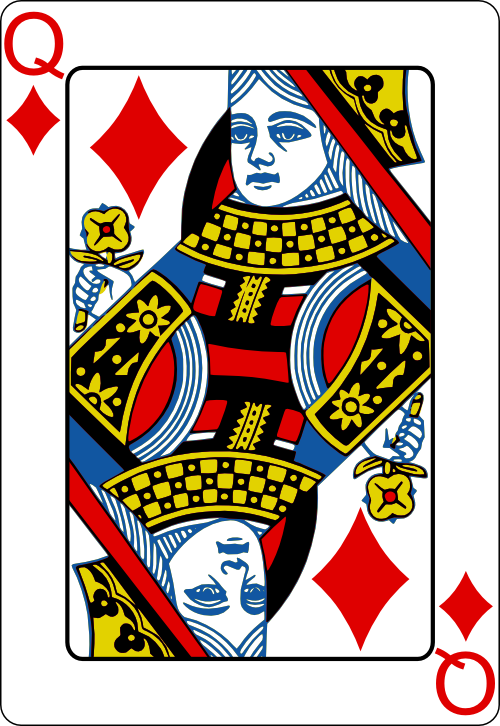  Q♦️ |    4♣️ |      J♠️ | 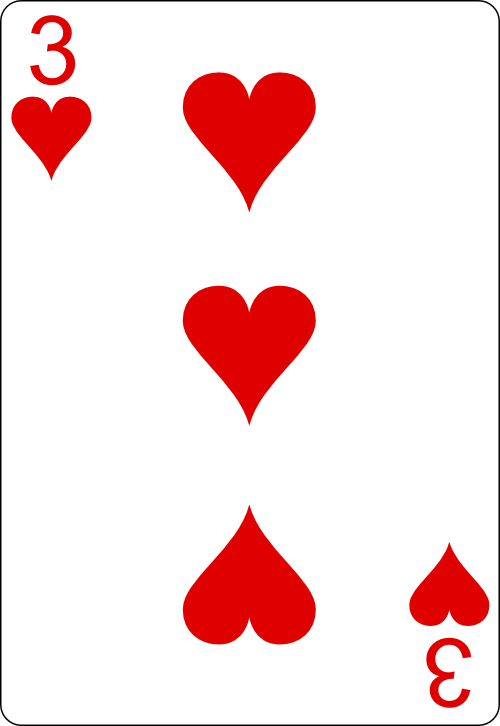  3♥️ |
As well as Ace-King suited:
   A♦️ |   K♦️ | 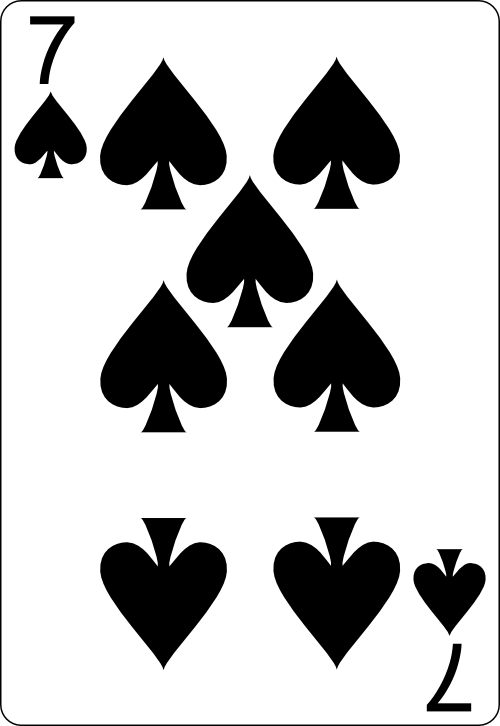  7♠️ | 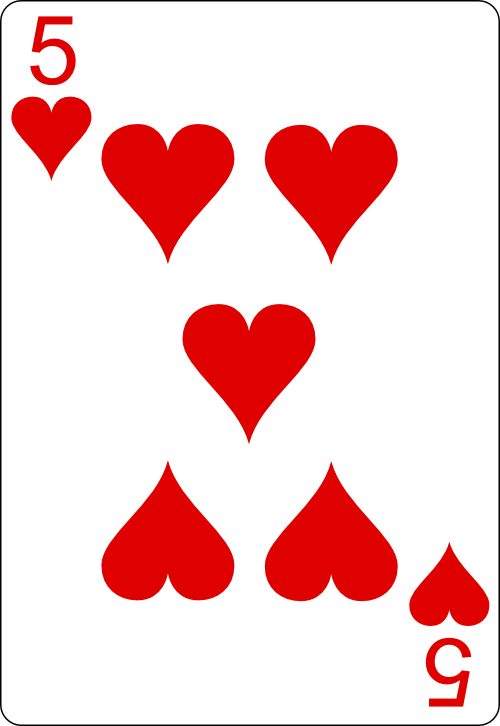  5♥️ | 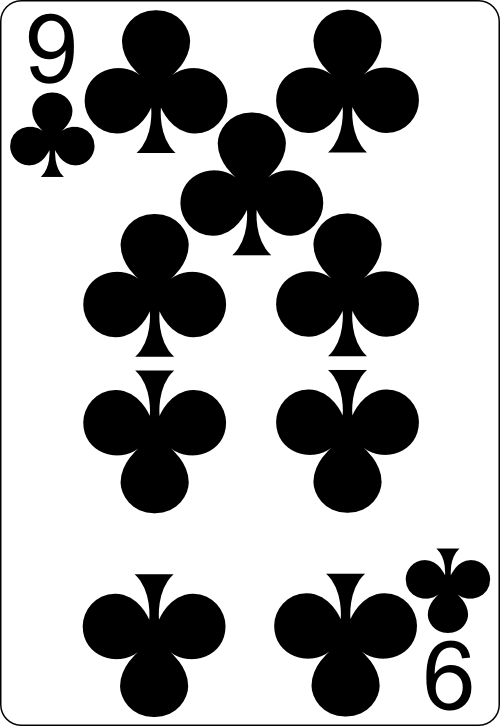   9♣️ |
| Hand | Description |
|---|---|
| AA | Pair of Aces |
| KK | Pair of Kings |
| Pair of Queens | |
| AK (suited) | Ace and King of the same suit |
For a more detailed look at the rankings of poker hands, refer to our poker hand strength chart.
Strong Hands
Strong hands are not as powerful as premium hands, but they still offer a high likelihood of winning. These hands should typically be played, but the strategy may vary depending on the player’s position and the actions of the other players. Strong hands include:
Pairs of Jacks:
       2♥️ |       6♠️ |   J♣️ |   J♦️ |       4♦️ |
Pair of tens:
       2♥️ |       6♠️ |   J♣️ |   J♦️ |       4♦️ |
Pair of nines:
       2♥️ |       6♠️ |    9♣️ | 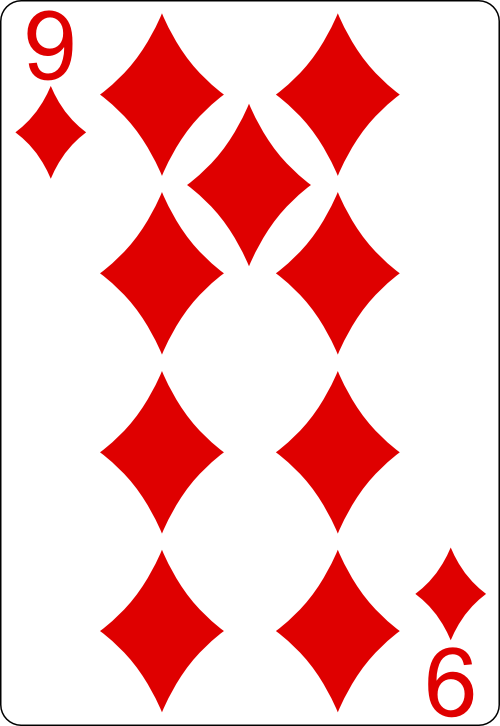  9♦️ |       4♦️ |
As well as Ace-Queen suited:
       2♥️ |       6♠️ |   A♥️ |      Q♥️ |       4♦️ |
And King-Queen suited:
       2♥️ |       6♠️ |   K♥️ |      Q♥️ |       4♦️ |
| Hand | Description |
|---|---|
| JJ | Pair of Jacks |
| TT | Pair of Tens |
| 99 | Pair of Nines |
| AQ (suited) | Ace and Queen of the same suit |
| KQ (suited) | King and Queen of the same suit |
Playable Hands
Playable hands have potential under the right circumstances. While they may not seem strong initially, they can become powerful hands if the community cards are in your favor. These include hands like:
Ace-Jack suited:
   A♠️ |      J♠️ | 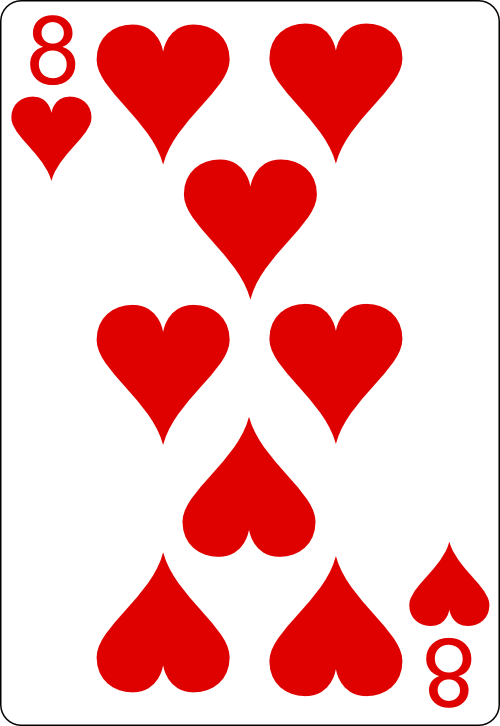    8♥️ |     3♦️ |      4♠️ |
King-Jack suited:
   K♠️ |      J♠️ |     8♥️ |     3♦️ |      4♠️ |
And Queen-Jack suited:
  Q♠️ |      J♠️ |     8♥️ |     3♦️ |      4♠️ |
| Hand | Description |
|---|---|
| AJ (suited) | Ace and Jack of the same suit |
| KJ (suited) | King and Jack of the same suit |
| QJ (suited) | Queen and Jack of the same suit |
Understanding what constitutes premium, strong, and playable hands is crucial in making informed decisions during the preflop phase. The poker starting hands chart provides a comprehensive guide on how these hands rank in relation to each other.
Remember, the best preflop hands in poker often set the stage for successful gameplay, but they don’t guarantee a win. Strategic play, understanding preflop hand odds, and adapting to the unfolding game are all essential aspects of a winning poker strategy.
Common Preflop Mistakes to Avoid
A strategic game like poker requires a keen understanding of various factors, among which preflop play holds significant importance. However, even the most seasoned players can make errors during this crucial phase. Let’s delve into some common mistakes poker players often commit when dealing with preflop hands.
Overplaying Hands
One common mistake is overplaying hands. Some poker enthusiasts overestimate the strength of their preflop hands, leading them to bet aggressively or call bets they shouldn’t. No matter how good your cards are, remember that poker is a game of skill and strategy, not just luck. Using a poker starting hands chart can help players make informed decisions about which hands to play and how aggressively to play them.
Ignoring Position
Another common mistake is ignoring the position. The position you’re in at the poker table significantly impacts your strategy, especially in the preflop phase. Players in late positions have an advantage as they have more information about other players’ actions, enabling them to make more informed decisions. Don’t underestimate the importance of position when evaluating the best preflop hands in poker. Our article on poker preflop strategy provides valuable insights on how to leverage your position effectively.
Neglecting Table Dynamics
Lastly, neglecting table dynamics is a common error that can cost you the game. Table dynamics include factors such as the playing style of your opponents, the size of the pot, and the number of players in the game. These dynamics can influence the strength of your preflop hands and should be taken into account when deciding your strategy. For instance, a hand that is strong in a heads-up game can be weak in a full-ring game. Understanding preflop hand odds can help in making informed decisions based on table dynamics.
Avoiding these common mistakes can significantly enhance your performance in poker games. Remember, mastering the art of poker requires patience, practice, and a deep understanding of the game’s intricacies. Always stay informed and make use of available resources, such as a poker hand strength chart, to improve your game.
Strategies for Making the Most of Preflop Hands
Understanding and utilizing the best preflop hands in poker is crucial, but it’s equally important to know how to effectively strategize around these hands. This involves understanding the concept of hand ranges, adjusting your strategy based on opponents, and implementing a sound preflop betting strategy.
The Concept of Hand Ranges
In poker, a hand range refers to the set of all hands a player could possibly have in a certain situation. Understanding hand ranges can significantly improve your decision-making process during the preflop stage. This is because it allows you to estimate the strength of your opponents’ hands and make more informed decisions.
For instance, if an opponent raises preflop, you can use the concept of hand ranges to deduce that they probably have a strong hand. This information can be useful when deciding whether to call, raise, or fold your own hand. For a more detailed look at hand ranges, refer to our poker starting hands chart.
Adjusting Your Strategy Based on Opponents
Your preflop strategy should not be static; rather, it should be flexible and adaptable based on your opponents’ behaviors and tendencies. If your opponent is aggressive and tends to raise often, you may want to tighten your hand range and play fewer hands. Conversely, if your opponent is passive and rarely raises, you may want to loosen your hand range and play more hands.
Additionally, pay attention to your opponents’ reactions to your preflop plays. If they tend to fold when you raise, consider raising more often. If they call or reraise frequently, consider tightening your hand range. Remember, poker is a game of deception and adaptation. Your ability to adjust your strategy based on your opponents can significantly improve your chances of winning.
Preflop Betting Strategy
Your betting strategy during the preflop stage can significantly influence the outcome of the game. A well-planned betting strategy can help you control the size of the pot, manipulate your opponents, and set the tone for the rest of the hand.
Generally, you should raise when you have a strong hand and fold when you have a weak hand. However, there are situations where it may be beneficial to call or check, such as when you’re in a late position and want to see how other players react.
Keep in mind that your bet size should be proportional to the strength of your hand and the size of the pot. Don’t overbet with weak hands or underbet with strong hands. For more information on betting strategies, check out our article on poker preflop strategy.
By understanding the concept of hand ranges, adjusting your strategy based on opponents, and implementing a sound betting strategy, you can make the most of your preflop hands and increase your chances of winning. Remember, poker is a game of skill as much as it is of chance. The more you practice and learn, the better you’ll become.

